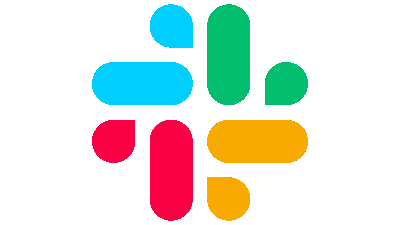Pretest Design
RQ1: Can offering word and free lists generated from a UFT-CWE DL-PD, be subsequently used in the same workshop to improve the production of Zoom Breakout group Padlet artifacts?
Although grounded theory is the foundation of my research, there are opportunities for more quantitative analysis. Specifically, gathering data from word lists and free lists with a consensus analysis if time permits, can aid in gauging participants’ familiarity with digital tools. Word and free lists allow us to discover the vocabulary each member has about digital literacy, which which can help us reach closer to our goal: meaningful interaction with digital tools that can enhance our andragogies.
Revision #1: Either in the Chapter meeting prior to, or in the first hour of the DL-PD, a word or free list is generated. In its first iteration, all members receive the list, as it will be likely that the instructional delivery design will need some streamlining. In subsequent iterations of the DL-PD, the workshop can be split into a control (no list) and experimental (gets the list) groups, determined randomly or by a quasi-experimental method.
Instructional Delivery
As is often the case in first iterations of an instructional design, ours was very didactic. The DL-PDs opened with modeling of use of digital tools for curriculum development, instructional delivery, assessment, etc., followed by group breakouts. The results have not been good so far.
RQ2: How can online groups collaboratively produce assessable digital literacy artifacts?
Group participants often focus on completing a group task, rather than learning from it. Designing a successful DL-PD group activity should therefore include considering what kind of accountable talking is necessary to complete the task, encouraging cooperation, and the group should reach a shared understanding of the purpose of the activity. The instructional design must create projects that create opportunities for each group member to make unique contributions indispensable for the group’s success. It follows that assessing a successful DL-PD must include evaluating interactions.
In our situation, there is a wide spectrum of learning environments our members teach at (churches, libraries, schools), worker career paths (nursing, construction trades, ESL, office), and demographics (youth, immigrants, returning convicts, homeless, nontraditional vocations). We are rife with “weak ties,” which are conducive to acquiring new understandings.
Revision #2: In each of our DL-PDs next year, we should seek to take advantage of our vibrant tapestry of weak ties. Nurse practitioners, sharing with journeymen, sharing with office workers should lead to more successful DL-PDs. Whatever objectives are determined for a given DL-PD, its delivery should include some activity, like our last DL-PD’s Padlet, that offers very clear instructions (Lowes, 2014) on how to create shared meanings about digital literacy among group participants. One example could be a photo elicitation similar to my DL-PD model, where my Zoom students took a picture of a green technology in their home






